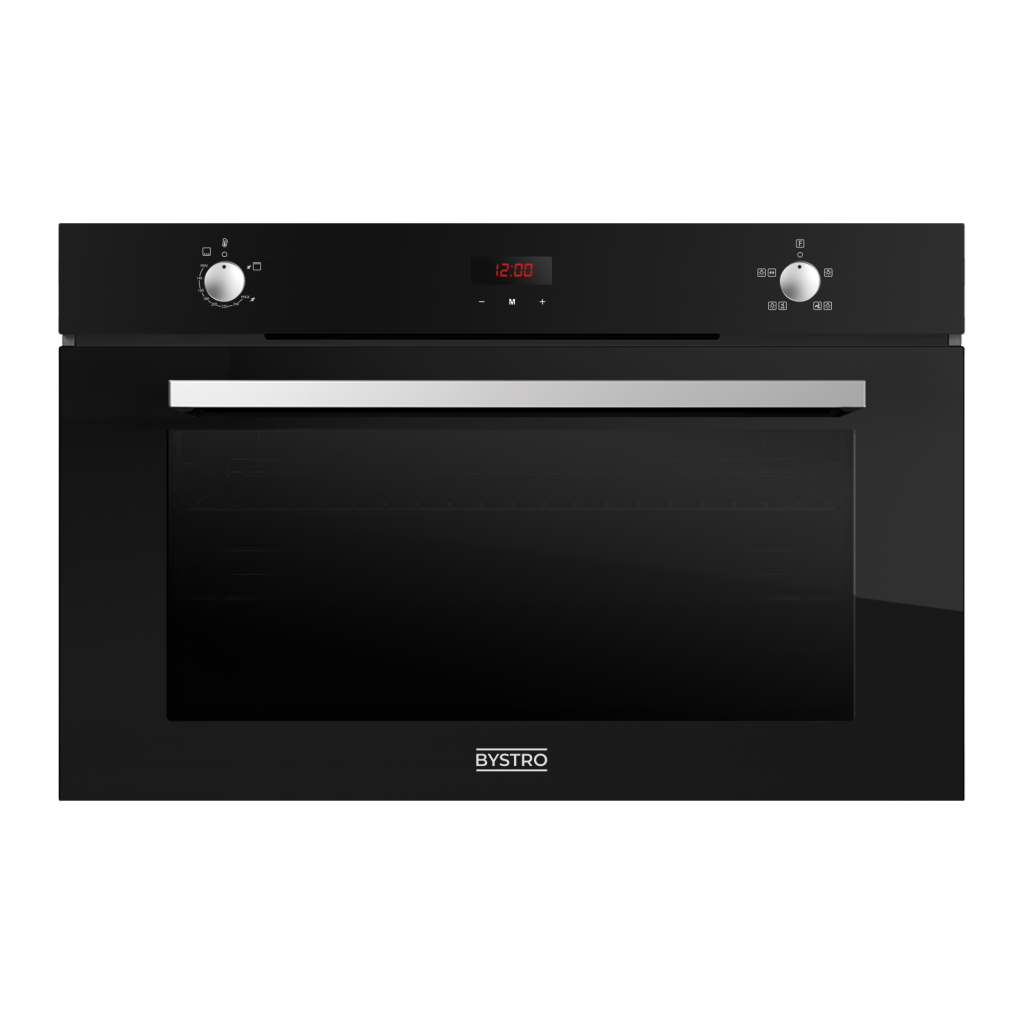When selecting built-in ovens for residential use, consumers face two primary categories: built in gas oven and electric models. Each option offers distinct advantages and disadvantages based on energy consumption, functionality, durability, and overall user experience. Evaluating key factors allows prospective buyers to determine which choice aligns better with their culinary preferences and lifestyle demands. This article compares gas vs. electric built-in ovens across multiple dimensions.
Energy efficiency
Electric ovens generally consume more electricity than gas counterparts due to higher per unit costs associated with electrical power generation compared to natural gas production. According to ENERGY STAR® estimates, annual operating costs for electric ovens range between $70-$80, whereas gas oven expenses hover around $60-$70. Despite slightly lower utility bills linked to gas usage, environmental impact assessments reveal comparable carbon footprints regardless of chosen technology.
Functionality
Functionality encompasses cooking methods, heat distribution, temperature control accuracy, and ease of cleaning. Gas ovens excel in convection heating capabilities, promoting uniform circulation and faster cook times. They also enable precise temperature adjustments via manual knobs, catering to experienced chefs seeking granular command over thermal settings. On the contrary, electric ovens tend to distribute heat unevenly, necessitating periodic repositioning of pans and trays to achieve consistent results. Nevertheless, modern electric designs incorporate self-cleaning mechanisms, reducing physical labor involved in routine upkeep.
Durability
Built-in ovens represent substantial investments requiring longevity assurance. Gas models typically exhibit superior resilience thanks to fewer electronic components susceptible to malfunctioning. Moreover, metal burner tubes resist corrosion longer than fragile heating elements found within electric alternatives. Nonetheless, regular inspection and maintenance remain paramount for prolonging product lifespans irrespective of underlying technologies.
User experience
User experiences differ substantially among gas and electric users concerning aesthetic appeal, ergonomics, safety considerations, and adaptability. Modern electric ovens feature sleek touchscreens and digital displays enhancing visual aesthetics and usability. Meanwhile, traditionalists might prefer tactile manipulation offered by analog controls inherent in gas units. Safety-wise, electric models eliminate open flames minimizing fire hazards; however, faulty wiring could pose electrocution threats. Lastly, retrofitting existing kitchen layouts might favor either category depending upon availability and compatibility of compatible hookups.
Selecting between gas and electric built-in ovens depends largely on individual priorities weighing energy efficiency, functionality, durability, and user experience. Consumers prioritizing affordability and eco-friendliness should lean towards electric ovens despite marginally elevated operational charges. Those valuing precision and sturdiness would likely opt for gas appliances benefiting from enhanced temperature control and robust construction.
